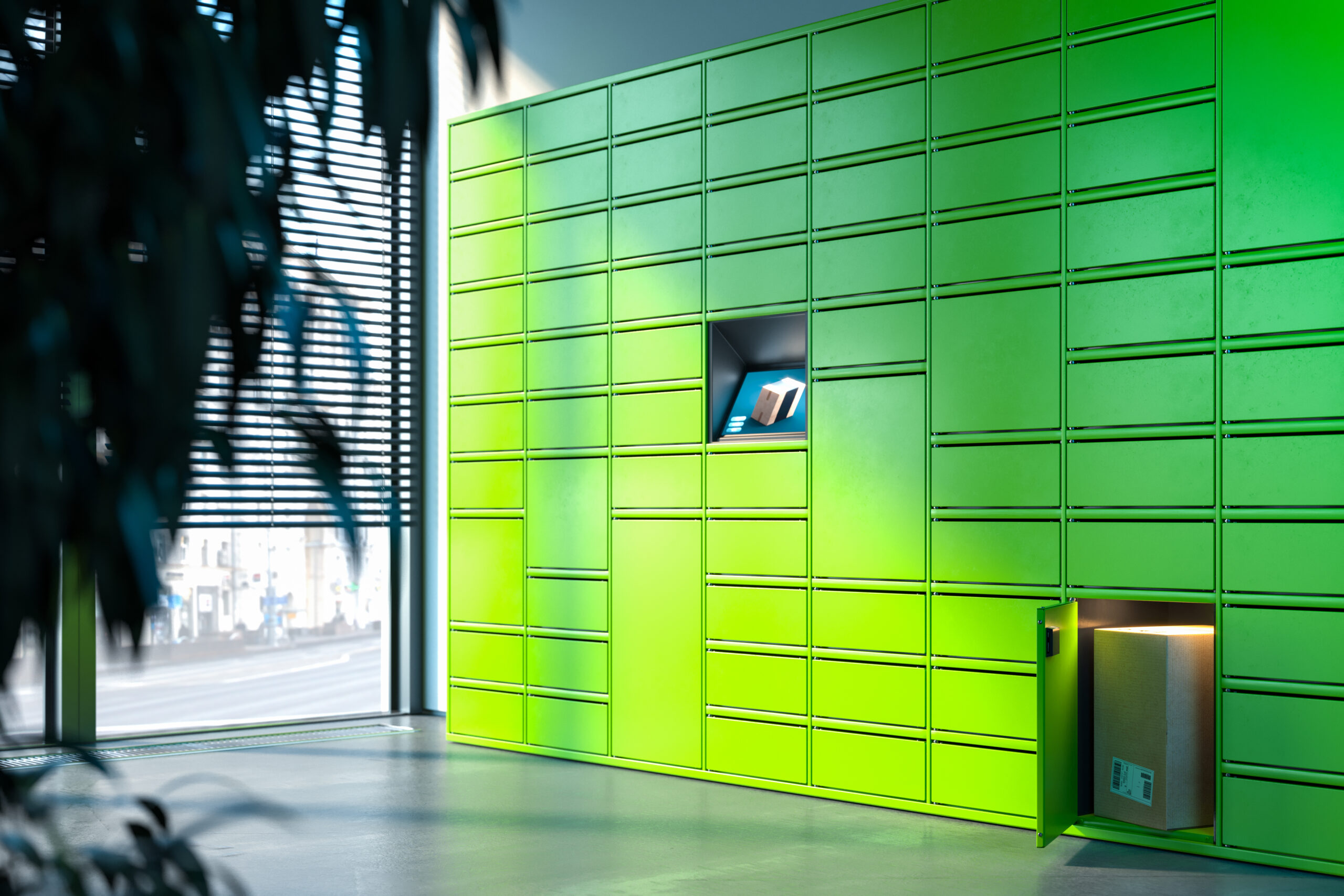In today’s business landscape, companies are always looking to find ways to improve the bottom line. Having an upward-facing bottom line is crucial for long-term success. One of the leading technologies helping businesses achieve higher bottom-line growth is the adoption of smart lockers for offices.
These innovative electronic storage and distribution systems have changed how multiple industries, like retail, hospitality, education, and corporate offices, work. Implementing smart lockers in businesses can increase efficiency and decrease overhead costs. Smart locker is always in sync with IoT(Internet of Things) technology to provide people with a better, secure way of storing their belongings while making it easy to manage. In this blog, you will explore how to use smart lockers for office, retail and security.
Understanding Bottom Line Growth
Before we jump into the benefits of smart lockers for offices, it’s important to understand the concept of bottom-line growth. The bottom line is the net income or the profit of a company after taking out all the expenses of the company. Seeing a growth spurt in the bottom line is the main objective of a company. It is the main indicator of better financial health and sustainability.

Improving Bottom Line with Smart Lockers
Smart lockers contribute to improving the bottom line of office operations. Smart lockers are designed in a way that provides you with maximum efficiency while ensuring the safety of your assets. These are the benefits of implementing smart lockers in your office:
Improved Operational Efficiency
Smart lockers for offices use modern technology to optimise the business workflow. It eliminates the need to keep separate keys for every locker and removes the requirement for many security guards to watch over the locker.
Employees can quickly arrive at their respective lockers, conveniently pick up their assets, and retrieve their documents. This automatically boosts operational efficiency and helps the management use their important time on other essential tasks.
Implementing a Streamlined Process:
A company must eliminate all of its unnecessary duties to focus on the critical parts of the business. By doing this, a company can reduce wastage of resources and save more time and money.
With smart lockers for offices, the entire process of managing assets and inventory becomes more instantaneous. The built-in technology helps automate tasks and minimises the risk of errors. Real-time tracking of locker status ensures better resource allocation.
Labour Cost Reduction:
With smart lockers, companies can reduce labour costs that are associated with security guards. Businesses can eliminate the need for security personnel to monitor the storage areas.
Smart lockers make efficient use of PINs and passwords to secure your belongings, making it hard to duplicate and protecting your privacy. Smart lockers for offices can have a significant impact on the bottom line.
Theft Prevention:
With the shift from traditional lockers towards smart lockers for offices, the protection against possible thefts has also strengthened. Smart lockers provide smart lock security for valuable assets, confidential documents, and personal belongings.
The unique access codes needed to open the lockers significantly reduce the risk of theft. This helps protect sensitive information and valuable assets and keeps your information with you.

Automation of Routine Tasks:
One of the main benefits of smart lockers is that they automate routine asset management and inventory control tasks. Businesses also gather data on locker usage, retrieval frequency, etc.
This data can be analysed to make prompt decisions and optimise daily operations. Automating daily tasks frees up employees’ time, which can be reallocated into something more productive, improving the bottom line.
Implementation of Smart Lockers:
Selecting the right smart locker provider is crucial for your security and safety. When choosing a provider, consider their expert advice and reputation in the market. Ensure that the system gets regular updates from the servers, integration capabilities of the locker and maintenance support of the lockers.
Ensuring proper training for the employees is necessary during the implementation process. Communicating the benefits of smart lockers, such as retail smart lockers, to employees is necessary, emphasising workflow improvements.
Address any concerns or resistance by stating the qualities of smart lockers. Investing in training can prove to be very beneficial for your business. After a successful implementation, you can utilise the advantages of smart lockers.
Conclusion
Smart lockers offer numerous benefits for offices and workspaces, ultimately improving the bottom line by reducing labour costs, preventing theft losses, and using technology efficiently, with little or no maintenance costs. Smart lockers can drive profits, better revenue and less operational costs.
Offices can significantly benefit from the convenience and security offered by smart lockers. Implementing a smart locker system and chain management system in your organisation can help you save time and improve your bottom line.



